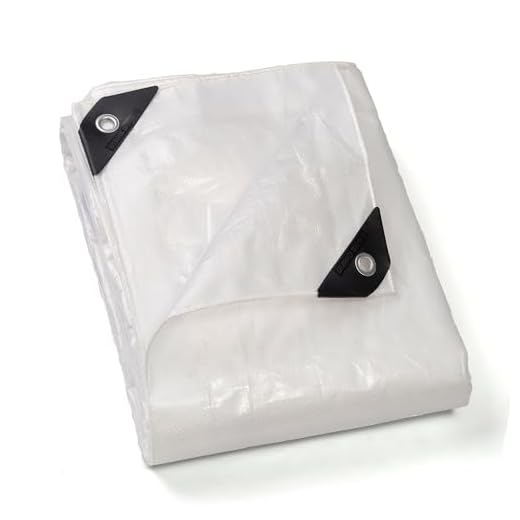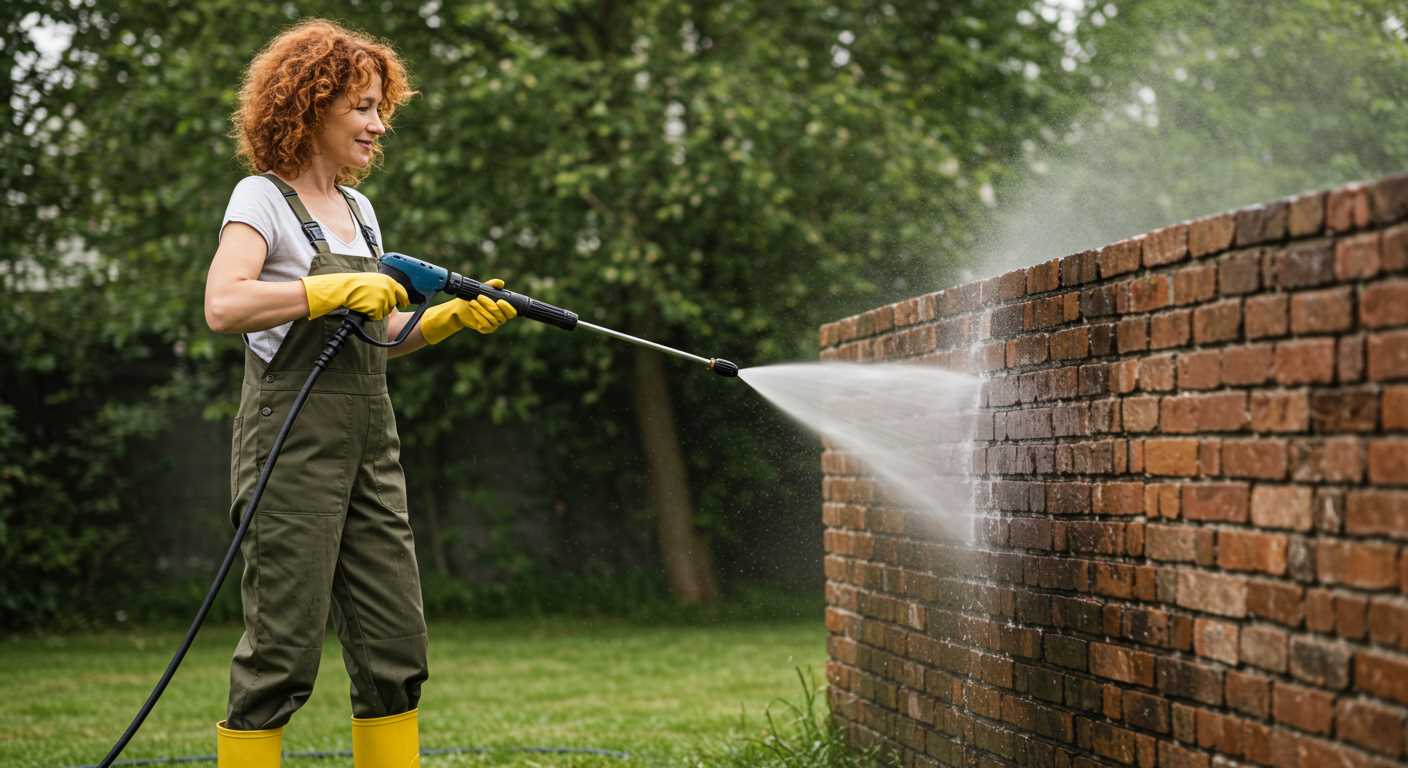

Directly answering the question: yes, high-powered cleaning equipment can strip away layers of coatings from various surfaces. However, the success hinges on a mix of factors, including the type of surface, age and condition of the coating, and the pressure settings utilised.
For optimal outcomes, select an appropriate nozzle attachment and adjust the pressure to match the task. A narrow nozzle concentrates the force, making it stellar for tough, old layers, whereas a wider spray is gentler and ideal for delicate surfaces. Always maintain a distance of around 12 to 18 inches from the surface to avoid damage. Test on a small, inconspicuous area first to gauge the effect and ensure the integrity of the material beneath.
It’s crucial to consider the angle of approach when directing the nozzle. Aiming at a 45-degree angle can help lift the coating without gouging the surface. Patience is key; sometimes multiple passes are necessary to achieve a clean finish. Remember to use protective gear and prepare the surrounding area, as debris and removed material can spread during the process.
Understanding Paint Removal with a Pressure Washer
Utilising a high-pressure cleaning device for exterior surfaces can significantly aid in eliminating layers of coating. To optimise this process, adhere to the following guidelines:
Recommended Pressure Settings
- For wooden surfaces, utilise a pressure range of 500 to 800 PSI to prevent damage.
- Concrete and masonry can withstand higher pressures, typically between 2500 to 3000 PSI.
- Avoid exceeding 4000 PSI as this may result in etching or surface degradation.
Technique for Best Results
- Begin at a distance of 2 to 3 feet from the surface to gauge the response.
- Adjust the angle to approximately 30 degrees for optimal impact while protecting surrounding areas.
- Maintain a steady motion, sweeping the nozzle across the surface to prevent concentrated damage.
- Consider employing a wide spray pattern for broader coatings; switch to a narrower jet for more stubborn areas.
In some cases, pre-treating the surface with a suitable chemical agent can enhance effectiveness. After treatment, ensure to rinse thoroughly to eliminate any residue. Always wear appropriate safety gear, including goggles and gloves, to protect against splatter and high-pressure water.
Selecting the Right Pressure Washer for Paint Removal

The optimal unit for stripping coatings requires a model with a minimum pressure of 3000 PSI and a flow rate of at least 3.5 GPM. These specifications ensure efficient removal of stubborn layers.
Electric versions are suitable for smaller tasks, especially where light-duty jobs are concerned. However, gas-powered machines excel in heavy-duty scenarios. They generate higher pressure, making them more effective against resilient surfaces.
Additionally, consider the nozzle type. A 0-degree nozzle provides a concentrated jet, ideal for intense removal. Conversely, a 15-degree nozzle offers a slightly wider fan, which is useful for delicate areas to prevent damage.
Accessories such as surface cleaners can be beneficial for large flat areas. They enhance cleaning efficiency and significantly reduce the time spent on larger surfaces.
Do not overlook weight and portability. A heavier model may require more effort to manoeuvre, especially during extended use. Choose a unit that balances power and ease of transport.
Lastly, always ensure the equipment is equipped with adjustable pressure settings. This feature allows for greater control, adapting the intensity based on surface type and coating thickness.
Types of Paint Suitable for Pressure Washing

Latex-based and water-soluble formulations respond positively to high-pressure water systems. These types break down easily when exposed to high-pressure streams, allowing for efficient removal from surfaces. A key characteristic is their quick-drying nature, which can lead to premature distress if your technique is improper.
Acrylic Paint
Acrylic formulations excel when using aggressive cleaning methods. They offer good adhesion, yet can be stripped away effectively using powerful equipment. Always ensure to adjust the nozzle to a broader angle to avoid damaging the underlying surface.
Oil-Based Paint
Oil-based layers present a tougher challenge, but can still be addressed with the right settings. A higher temperature and pressure are advisable to facilitate the stripping process. Test a small section first to evaluate effectiveness and avoid surface damage.
| Paint Type | Suitability for Pressure Cleaning | Recommended Pressure Setting |
|---|---|---|
| Latex | Excellent | 1500-2000 PSI |
| Acrylic | Very Good | 2000-3000 PSI |
| Oil-Based | Good | 2500-3500 PSI |
Knowing the specific properties of different coatings is crucial before undertaking any project. Correct identification of the paint type can lead to a smoother removal process and protect underlying materials from unnecessary damage.
Preparing the Surface Before Pressure Washing
Thoroughly preparing the surface is instrumental in achieving optimal results. Here are the primary steps to follow:
- Clear the Area: Remove any furniture, decorations, and obstacles from the vicinity. This ensures safety and access to all surfaces.
- Inspect the Surface: Check for loose material, such as old wood or deteriorated components. Address these issues beforehand.
- Cover Surroundings: Use tarps or plastic sheeting to protect plants, windows, and adjacent surfaces from high-pressure water and debris.
- Wet the Area: Moisten the surface prior to operation. This helps prevent debris from scattering and aids in the lifting of coated materials.
- Test a Small Area: Try a confined section first to gauge effectiveness and adjust settings. This action helps to determine the safest approach.
These steps are vital for enhancing results and safeguarding the environment during the undertaking. Each measure creates a more controlled and efficient process.
Techniques for Removing Paint with a Pressure Washer
To achieve optimal results, maintain a distance of 12-24 inches from the surface. Adjusting the spray angle to 25-40 degrees helps efficiently break up the coating without damaging the substrate beneath.
Begin by using a fan spray nozzle instead of a pinpoint spray. The wider coverage allows for even dispersion of water and reduces the risk of chipping or gouging the surface. A 25-degree or 40-degree nozzle is typically the best choice for this task.
Start at the top of the section and work your way down. This technique prevents drips from settling on areas that have already been stripped. Overlap each pass slightly to ensure no sections are missed.
For stubborn layers, gradually increase the pressure setting. If using a dual-action unit, switch between low and high pressure to loosen and eliminate remaining fragments effectively. It’s often more effective to go over an area multiple times than to try and strip a thick layer all at once.
Incorporating a cleaning solution can enhance efficacy. Look for biodegradable options compatible with your equipment and safe for your surface. Apply the solution with the pressure device, allowing it to dwell for about 10-15 minutes before rinsing it off.
Finally, keep an eye on the temperature of the water. Hot water can be particularly effective, especially for oil-based concoctions. If your model permits, adjust the settings accordingly for the best outcome.
Safety Precautions When Using a Pressure Washer
Always wear appropriate safety gear such as goggles, gloves, and closed-toe shoes. This protects against high-pressure water and any debris that may be dislodged during the cleaning process.
Maintain a safe distance between the nozzle and the surface being treated. A distance of at least 12 inches is recommended to prevent damage and minimise risks associated with strong water jets.
Assess Your Environment
Examine the area before starting. Remove any obstacles or hazards, such as electrical wires, fragile items, or pets. Ensure that the worksite is on a flat, stable surface to avoid accidental slips or falls.
Be aware of your surroundings, especially if working near windows, doors, or delicate areas. Always direct the nozzle away from yourself and keep your hands clear of the high-pressure stream.
Electrical Safety
Check all electrical connections for damage. Use extension cords rated for outdoor use and ensure they are in good condition to avoid electrical hazards.
Disconnect the water supply and turn off the unit before making any adjustments or changing nozzles. This reduces the chance of accidental activation.
Keep the unit and hoses clear of flammable materials to avoid fire risks. Do not operate near open flames or hot surfaces.
By adhering to these safety measures, I ensure a productive and safe experience while using high-pressure cleaning equipment.
Aftercare Steps Following Paint Removal

Ensure the surface is thoroughly dried after cleaning. This prevents moisture-related issues such as mould or mildew growth. A drying time of at least 24 hours is recommended, especially in humid conditions.
Inspect the substrate for any damage or remaining residues. Any remaining coatings or imperfections should be addressed. Utilize an appropriate cleaning solution or sandpaper to achieve a smooth finish.
Sealing and Protection
Once the surface is clean and dry, consider applying a primer or sealant to protect against future adhesion problems. Choose a product compatible with the surface type. This step enhances durability and creates a stable base for new coatings.
Regular Maintenance
Establish a regular maintenance routine. This includes periodic cleaning and inspections to catch any potential issues early. Depending on the environment, frequency might vary, but a quarterly schedule often works well.
Remember to store any tools used, including the equipment, in a dry location to prolong their lifespan. Proper aftercare not only enhances the quality of the work done but also helps maintain the overall aesthetics of the surface.
FAQ:
Can you safely remove paint from wood using a pressure washer?
Yes, you can use a pressure washer to remove paint from wood, but caution is required. Wood is porous and can be damaged if the pressure is too high. It’s advisable to use a lower pressure setting and maintain a suitable distance from the surface. Start with around 1,200 to 1,500 PSI and adjust as needed. Testing in a small, inconspicuous area first will help gauge the right distance and pressure to avoid damaging the wood fibres.
What are the best practices for using a pressure washer to remove paint from a concrete surface?
To effectively remove paint from concrete with a pressure washer, follow these best practices: First, select a pressure washer with a PSI rating of at least 2,500. Use a wide spray nozzle to distribute the pressure evenly and prevent surface damage. Begin by wetting the area with water to loosen the paint. Apply a suitable paint remover or stripper before using the pressure washer to enhance paint removal. Work in small sections, keeping the nozzle about 12 inches away from the surface, and move in a consistent pattern. After washing, rinse the area to remove any residue. It may take several passes to completely remove stubborn paint.







